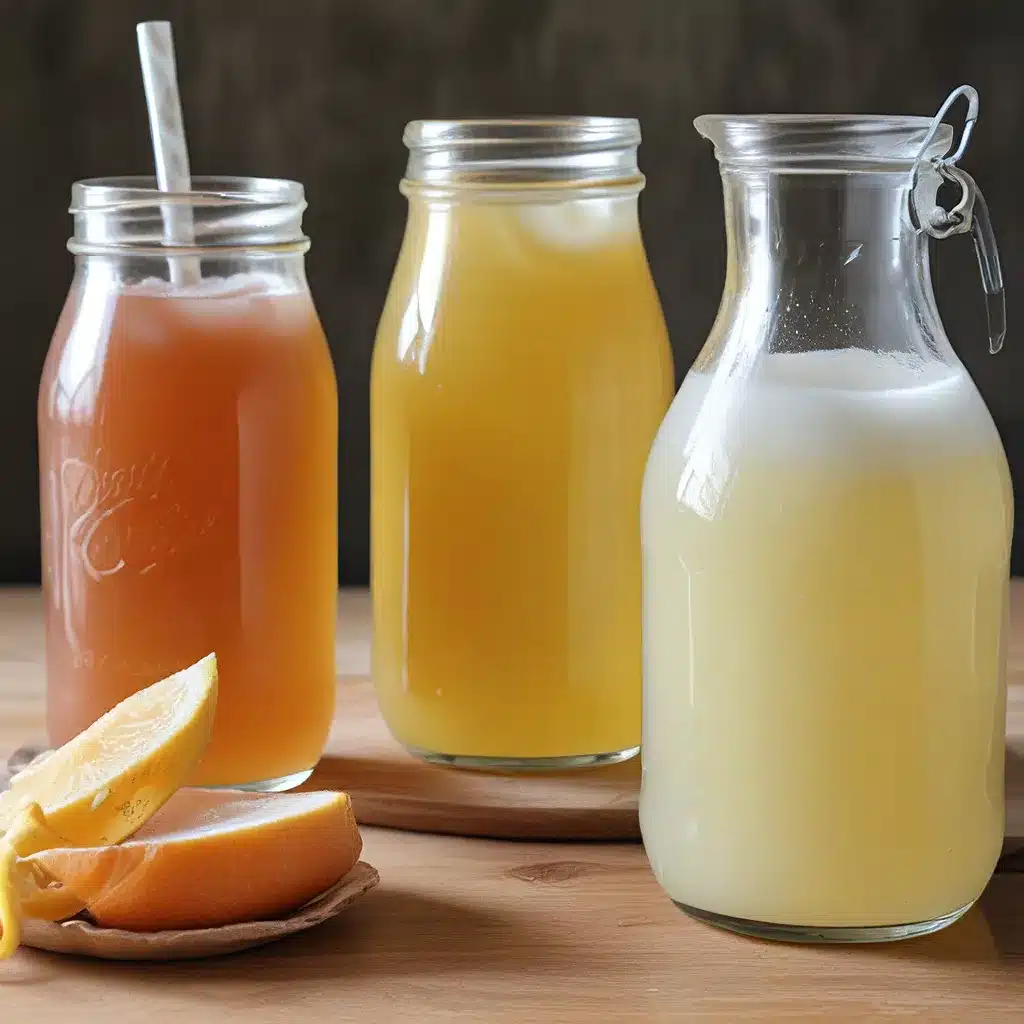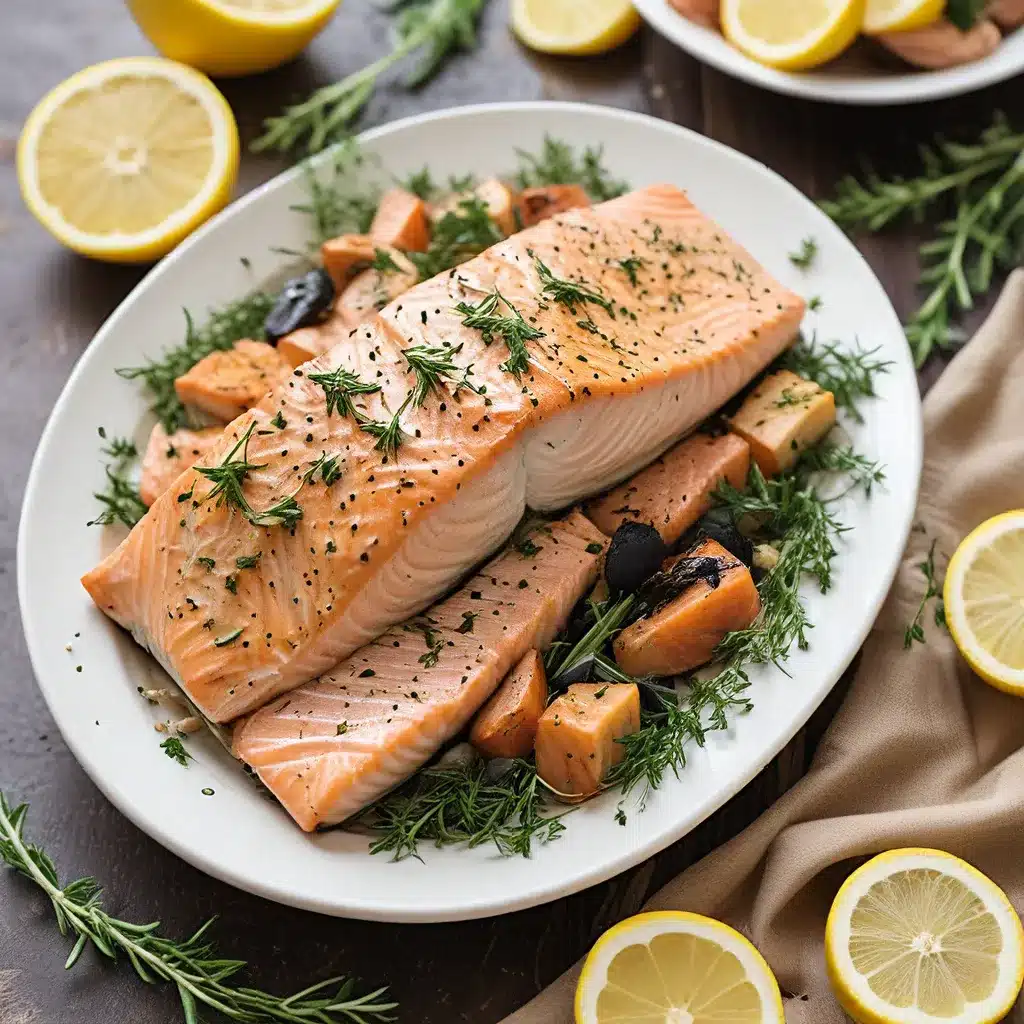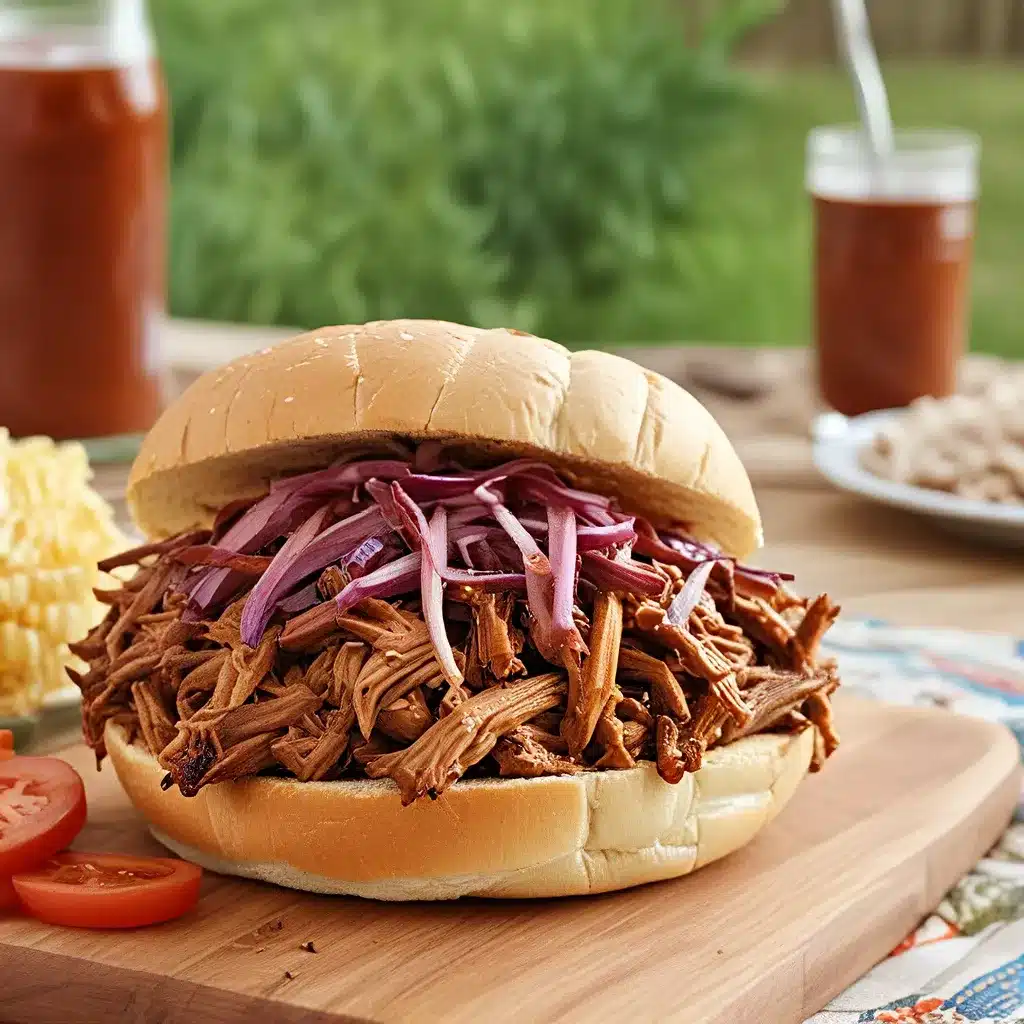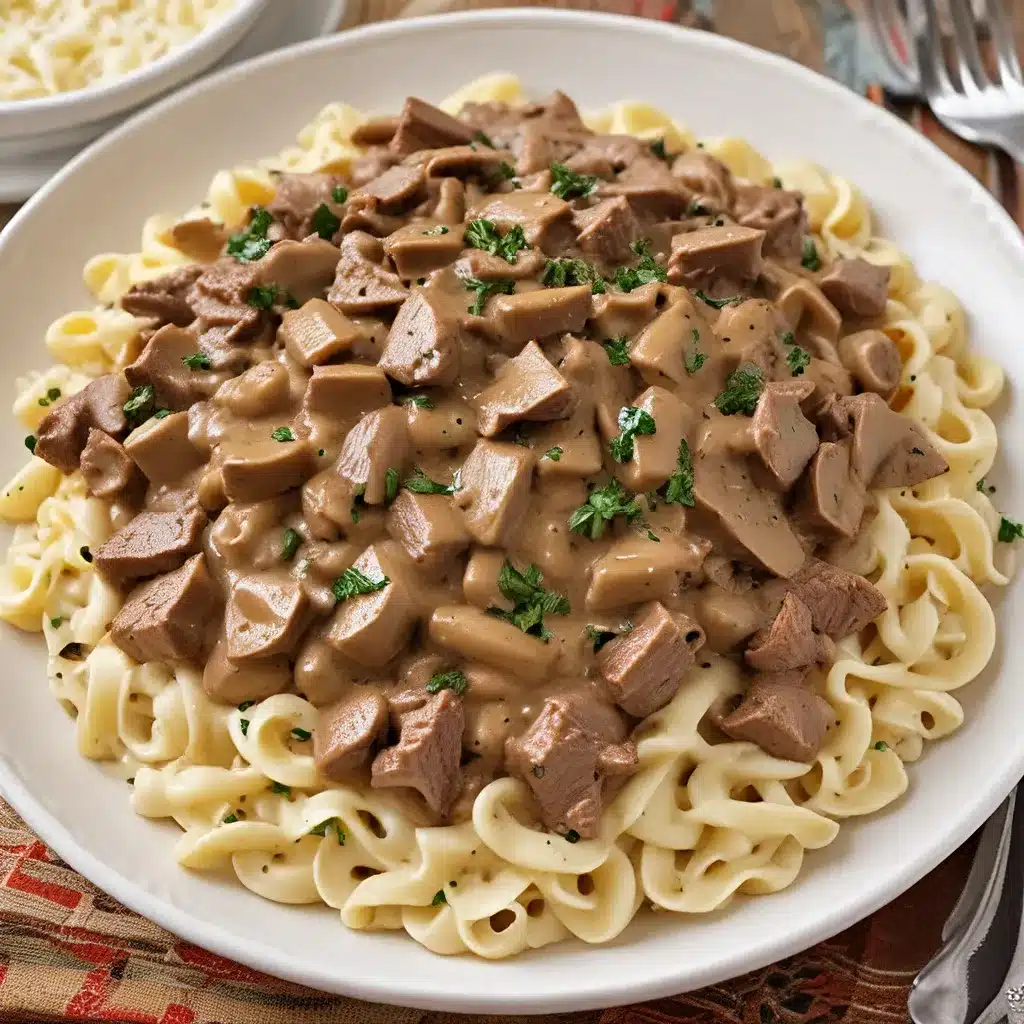
As a self-proclaimed foodie and DIY enthusiast, I’ve always had a passion for crafting delicious and nutritious beverages at home. But when it comes to sharing my creations with my wife, I’ve often faced a unique challenge – her aversion to the “icky” bits that come with brewing kombucha and kefir.
You see, my wife is a vegetarian, so she doesn’t get to enjoy many of the meat-based dishes I whip up in the kitchen. I thought by diving into the world of fermented drinks, I’d finally have something we could bond over and share. But alas, her distaste for the pellicle and other byproducts of the fermentation process has been a consistent roadblock.
It hurts me to see her happily sipping on those store-bought GT Kombucha bottles, knowing that she’s missing out on the complex flavors and probiotic benefits of the homemade version I’ve been meticulously crafting. I mean, come on, it’s the same stuff, just without the visual cues that seem to turn her off.
But I haven’t given up hope. In fact, I’ve been on a mission to find a way to get my wife to embrace the joys of homemade kombucha and kefir. And through my research and experimentation, I’ve uncovered some fascinating insights and techniques that I’m excited to share with you.
Kombucha: The Elixir of Life (or at Least a Healthy Gut)
Let’s start with the fizzy, fermented tea that has become a staple in many health-conscious households – kombucha. This unique beverage is created through a symbiotic relationship between bacteria and yeast, known as a SCOBY (Symbiotic Culture of Bacteria and Yeast).
The process is relatively straightforward: you start with a base of sweetened black or green tea, then introduce the SCOBY to kickstart the fermentation. As the microorganisms work their magic, they convert the sugar into acetic acid, gluconic acid, and carbon dioxide, resulting in a slightly tart, effervescent drink.
But the real magic happens beneath the surface, where the probiotics in kombucha work tirelessly to support a healthy gut microbiome. These beneficial bacteria have been linked to a host of health benefits, from improved digestion and enhanced immune function to reduced inflammation and even better mood.
As one Redditor shared, the SCOBY can be a bit off-putting to the uninitiated, with its rubbery, jellylike appearance. But I’ve found that embracing the visual aspects of the fermentation process can actually be part of the fun.
Kefir: The Champagne of Fermented Drinks
While kombucha may be the more well-known fermented beverage, there’s another fizzy delight that has been capturing the attention of health enthusiasts – kefir. This ancient drink, sometimes referred to as the “champagne of fermented drinks,” is created by fermenting sweetened water or milk with kefir grains.
As I learned from the experts at Connie and Luna, the process of making kefir is actually quite similar to brewing kombucha, with a few key differences. Instead of fermenting sweet tea, you’re working with sweetened water, and the fermentation time is significantly shorter – just 24-48 hours for the initial fermentation, compared to the 1-2 weeks required for kombucha.
But don’t let the quicker turnaround time fool you – kefir is packed with its own probiotic punch. The kefir grains, which resemble small, gelatinous “cauliflower” florets, are teeming with a diverse array of beneficial bacteria and yeasts. As they consume the sugar in the water (or milk), they produce a delightfully fizzy, slightly tart beverage that’s bursting with gut-friendly goodness.
Overcoming the “Ick” Factor
Now, I know what you’re thinking – if my wife can’t get past the “ick” factor of kombucha, how on earth am I going to convince her to try kefir? It’s a valid concern, and one that I’ve wrestled with myself. But I’ve discovered a few strategies that have worked wonders in breaking down those mental barriers.
Embrace the Visual Appeal: One of the key things I’ve learned is that presentation matters. Instead of just setting a glass of kombucha or kefir in front of my wife and expecting her to dive in, I’ve started to get creative with the visual elements. For example, I’ll garnish the finished product with fresh fruit, herbs, or edible flowers, transforming it into a visually appealing masterpiece.
Focus on the Flavors: Another tactic I’ve found successful is to emphasize the delicious flavors that can be achieved through careful recipe development. By incorporating freshly juiced fruits, fragrant herbs, and other natural ingredients, I’m able to create a range of unique and enticing flavor profiles that are hard for even the most skeptical taster to resist.
Highlight the Health Benefits: Of course, the nutritional value of these fermented beverages is a significant selling point. I make sure to educate my wife (and anyone else who will listen) about the impressive array of probiotics, enzymes, and other beneficial compounds that kombucha and kefir provide. After all, who doesn’t want a healthy gut and a happy microbiome?
Introduce Gently: Perhaps most importantly, I’ve learned that it’s crucial to introduce these fermented drinks slowly and gently. Rather than forcing a full glass of kombucha or kefir down her throat, I’ll start with small sips or even just a splash in a glass of something else, like a smoothie or juice. This allows her to gradually acclimate to the flavors and textures, building up her comfort level over time.
Exploring the Endless Possibilities
As I continue on my journey to convert my wife (and anyone else who will listen) into a homemade kombucha and kefir enthusiast, I’ve discovered that the possibilities are truly endless. From experimenting with different tea blends, fruit infusions, and even floral notes in my kombucha, to exploring the world of water kefir and its unique flavor profiles, there’s always something new to discover.
And let’s not forget about the elusive “champagne of fermented drinks” – Jun, a close cousin of kombucha that uses green tea and raw honey as its base. I’ve been intrigued by the delicate, almost floral aroma and taste that Jun is said to possess, and I can’t wait to try my hand at brewing a batch.
The best part about these fermented beverages is that they’re not just delicious – they’re also endlessly customizable. Whether you’re looking to create a tart and tangy kombucha, a mildly sweet and fizzy kefir, or something in between, the options are practically limitless. And as I continue to experiment and refine my recipes, I’m excited to share my discoveries with my wife and anyone else who’s willing to give these sustainable sips a try.
So, if you’re like me and you’re on a mission to convert your loved ones into fermented drink enthusiasts, remember to be patient, get creative with your presentation, and focus on the flavors and health benefits. Before you know it, you might just find yourself sipping side by side, enjoying the fruits of your labor. After all, there’s nothing quite like sharing a homemade kombucha or kefir with someone you love.
Now, who’s ready to dive into the world of sustainable sipping?






